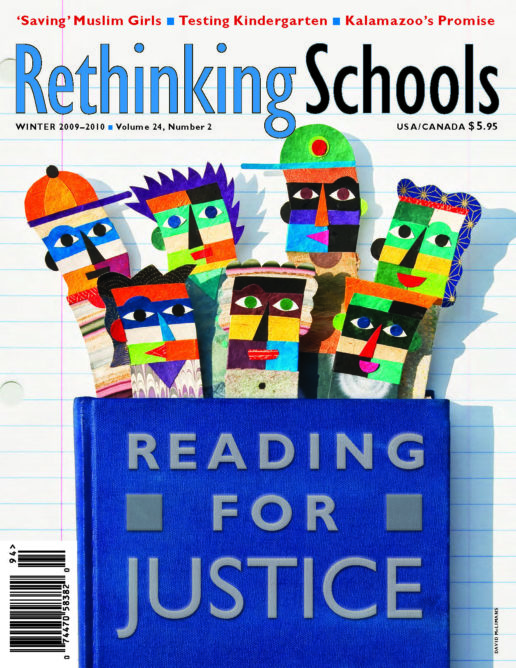Preview of Article:
Balance of Powers
Illustrator: Randall Enos
The last month of my pregnancy with Graham, we were in and out of the hospital being monitored for a blip in his heartbeat. Most of the time his fetal heart rate was normal, but every now and then it would dip for one beat. We ended up spending two days out of the long Fourth of July weekend in the hospital being monitored, and my husband and I began to theorize that perhaps the doctors didn’t really know what was going on.
I requested an appointment with a doctor I had met only a few times, but we ended up loving him. He knew my chart before entering the exam room, listened to our concerns, and shared research with us, but was also honest about what doctors don’t know about unborn babies, which turns out to be quite a bit. At one point he said, “Obstetrics is really a combination of art and science.” I am sure that some patients would not have found that reassuring, but it was exactly what my husband and I needed to hear. It also sparked my thinking about teaching and how we, too, combine art and science.

